
Hyundai i30 Tourer engines, drive and performance

- Straightforward choice of four engines
- Two petrols and two diesels on offer
- Three-cylinder 1.0-litre the pick of the bunch
Hyundai offers a choice of four engine variations with its i30 Tourer, ranging from a 110hp 1.6-litre CRDi diesel, to a 140hp 1.4-litre T-GDi petrol.
Petrol engines
The choice here is simple, customers can pick from either a 120hp 1.0-litre engine or a more powerful 140hp 1.4-litre unit.
We’re yet to try out the former in the i30 Tourer, but can say that it’s our favourite engine in the hatchback, pulling surprisingly well for such a small motor. Capable of 0-62mph in 11.4 seconds in the estate with a top speed 117mph, it feels far punchier than its moderate 171Nm of torque would suggest.
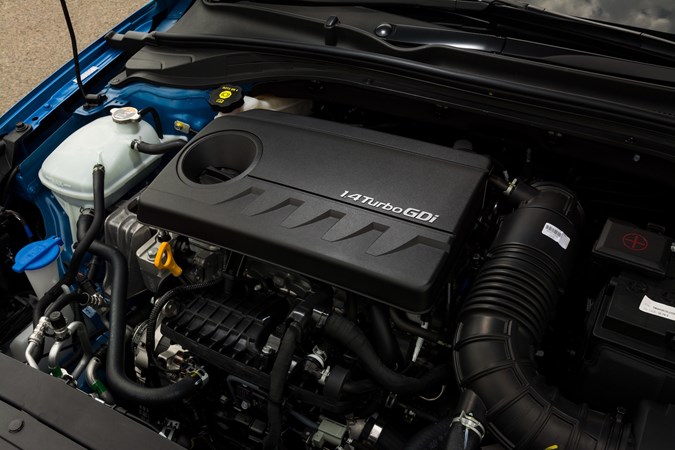
The same can be said for the 140hp 1.4-litre engine which covers ground with impressive ease. This offers up 242Nm of torque and manages the 0-62mph sprint in 9.2 seconds, topping out at 129mph.
Despite being very smooth, it feels more like a diesel engine in its power delivery – providing plenty of low-down go which then tapers off well before maximum revs in each gear.
Diesel engines
Again, two options on offer here – the choice between 110hp and 136hp 1.6-litre engines. We’ve not driven the 136hp version at all (it’s not available in the hatchback), but the less powerful 110hp version is a competent motor.
However, despite boasting 280Nm of torque, its low-down shove feels lacklustre, with 0-62mph feeling every last bit of its claimed 11.3-second time. Top speed is rated at 123mph.
Opt for the auto-only 136hp engine, and the i30 Tourer’s 0-62mph time drops slightly to 10.9 seconds. Torque is rated at 300Nm, while top speed is a claimed 123mph.
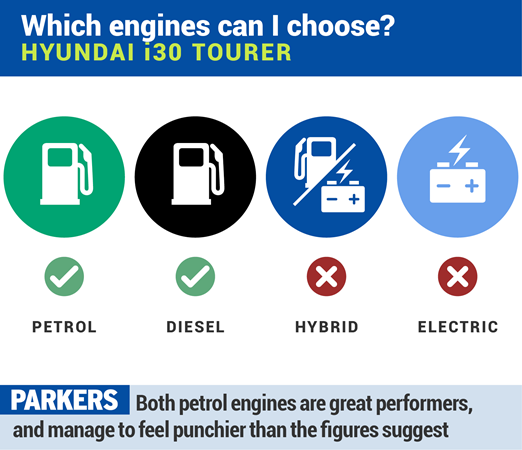
Gearbox assessment
Continuing the pattern of offering everything in two, Hyundai gives customers the choice of a six-speed manual gearbox and a seven-speed dual-clutch automatic.
The manual – standard on all but the 136hp diesel – is a light and easy-to-use transmission which requires very little effort to move up or down the gears.
Opt for the automatic, meanwhile, and while you’ll have a perfectly smooth and serviceable gearbox, it can be frustrating when pulling away – often hesitating when you don’t want it to.
- Safe, stable handling the priority
- Decent around-town manoeuvrability
- Higher-spec cars get upgraded tyres
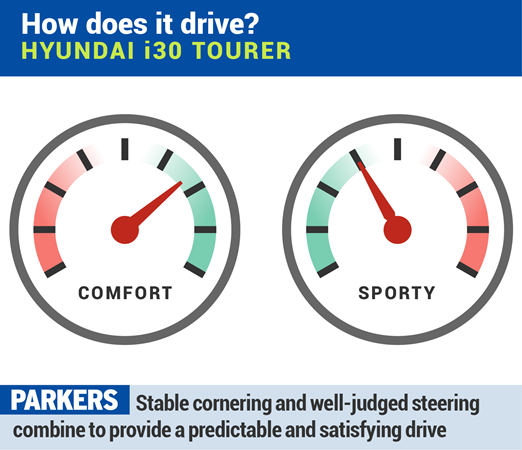
The i30 Tourer handles tidily and gives the driver plenty of confidence coming in and out of bends. Potential customers will likely care little that it’s not particularly exciting, instead focusing on how its well-judged steering guides the car from corner to corner with minimal fuss and excellent stability.
There’s plenty of grip too, and when the i30 Tourer does come unstuck there’s little chance of any nasty surprises as the car simply washes wide in a predictable manner.
Part of the reason for such tidy handling comes from the i30 Tourer’s impressive ‘multi-link’ rear suspension. Most cars at this price point have less-sophisticated technology, meaning the Hyundai is right up there with the best in class when it comes to a how safe it feels to drive on the road.
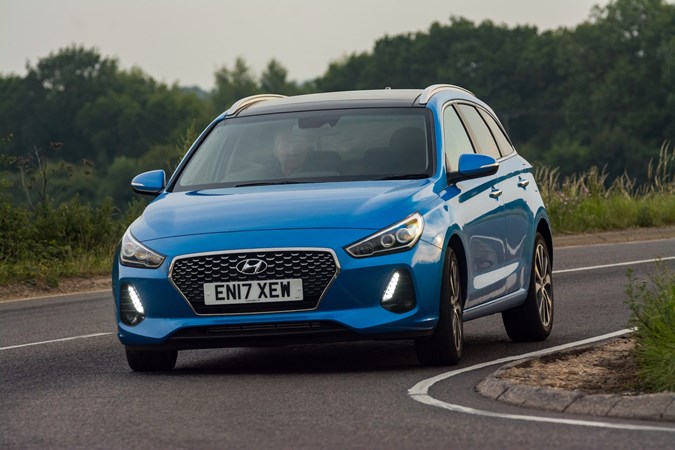
There are no major blind spots on the i30 Tourer, meaning parking around town shouldn’t be too much of a task, especially with the excellent rear view camera standard on SE trim cars upwards. The turning circle is also nice and tight, enabling swift, precise manoeuvres.
Upgraded tyres on higher spec cars
Note that higher spec models (such as the Premium and Premium SE grades) benefit from more expensive Michelin tyres as standard. The lesser tyres will still do the job, however, so don’t feel upgrading to the higher trim levels is a necessity.


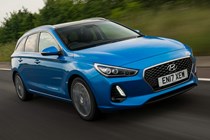
.jpg)
.jpg)
.jpg)
.jpg)
.jpg)
.jpg)

.jpg?quality=50)
.jpg?quality=50)
.jpg?quality=50)
.jpg?quality=50)
.jpg?quality=50)
.jpg?quality=50)